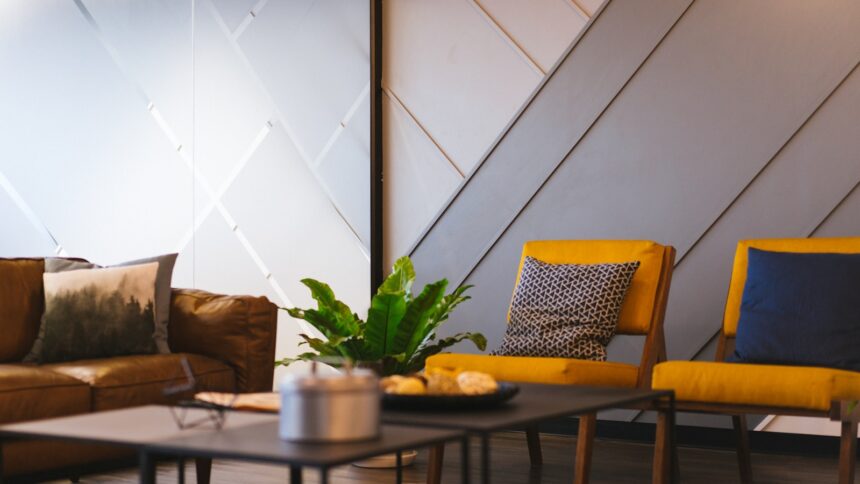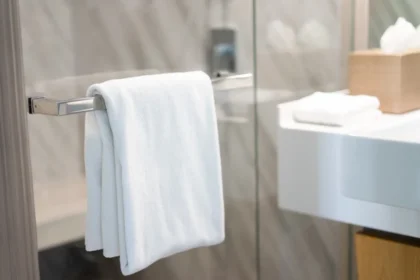You might admire your wooden furniture for its timeless charm and natural texture. But within months or years, faint scratches can tarnish that elegance, especially in homes with pets or active families. Those small marks may make your favorite table or chair feel old before its time.
You may assume that only costly refinishing or professional restoration can erase surface flaws. Yet affordable alternatives often exist in your kitchen rather than a hardware store. One such remedy involves a surprising fruit whose pigments and oils help disguise scratches seamlessly.
You are about to discover how to hide shallow scratches using a simple method involving walnut fruit. This trick requires no special tools or chemicals and can bring subtle restoration without spending a fortune.
Why Scratches Show on Wood and What Home Remedy Can Do
Over time wooden pieces lose their fresh luster, and everyday use might lead to small abrasions. When the surface loses its sheen the exposed wood appears lighter around the scratch, drawing attention to minor damage.
Pressing walnut fruit directly into the scratched area transfers a natural dark pigment and oil. This combination subtly fills and darkens the grooves so they become visually closer in tone to the surrounding wood. The result: scratches fade into the finish instead of standing out like scars.
While the scratch does not disappear completely, this method significantly reduces its visibility by masking it naturally. It is especially effective on walnut, oak, pine, or beech pieces with natural finishes.
How to Remove Scratches Using a Walnut from a Tree
For this technique you need fresh walnut fruits—husk removed—preferably still slightly soft inside. First, wipe the scratched area to remove dust. Then, hold a walnut and gently rub it over the scratch using circular motions for about twenty to thirty seconds. The walnut pulp deposits pigment and oils into the wood grain.
Allow the area to rest for about ten minutes so the oils absorb properly. Then, buff gently with a microfiber cloth to remove excess residue. Repeat the process two or three times until the scratch blends with the surrounding finish.
This shortcut works best on woods with warm tones. Avoid using walnut pulp on bleached or painted furniture as it may leave unwanted stains.
When to Avoid the Walnut Trick
You should not apply this method on furniture with lacquer, varnish, or laminate coatings. The walnut oil will sit on the surface rather than penetrate, creating a sticky or uneven appearance. High-gloss finishes will resist blending and the result may look patchy.
Plywood or MDF pieces with printed wood patterns will also resist absorption. Since these surfaces are not solid wood the walnut pigments will not sink in naturally and may leave stray smudges.
This hack is best suited for light surface scratches. Deep gouges or structural damage require sanding and refilling by a professional.
Practical Tips for a Smooth DIY Rescue
Before attempting this trick test a small hidden spot, like a chair leg underside. This confirms compatibility with your furniture’s finish and tone. Adjust pressure based on how soft the walnut pulp feels.
Keep the contact gentle to avoid widening the scratch. A gentle circular rub is enough. Always polish afterwards with a soft cloth to blend tones and remove excess oil.
Store unused walnut halves in a sealed container in the fridge so they stay fresh. If the pulp dries out it loses color and sealing power.
A Simple Hack Saves Furniture and Money
You do not need special tools or expensive treatments to improve the look of scratched wooden furniture. With a fresh walnut in hand and a little patience you can diminish visible surface marks in minutes.
You may have tossed aside that scratched table thinking it needed sanding or replacement. Instead try this small fruit hack first. It may extend the life of many wooden pieces in your home.
You may find this trick surprisingly effective—and surprisingly affordable. Try it once, and you might reach for legions of walnuts at the next scratch.










